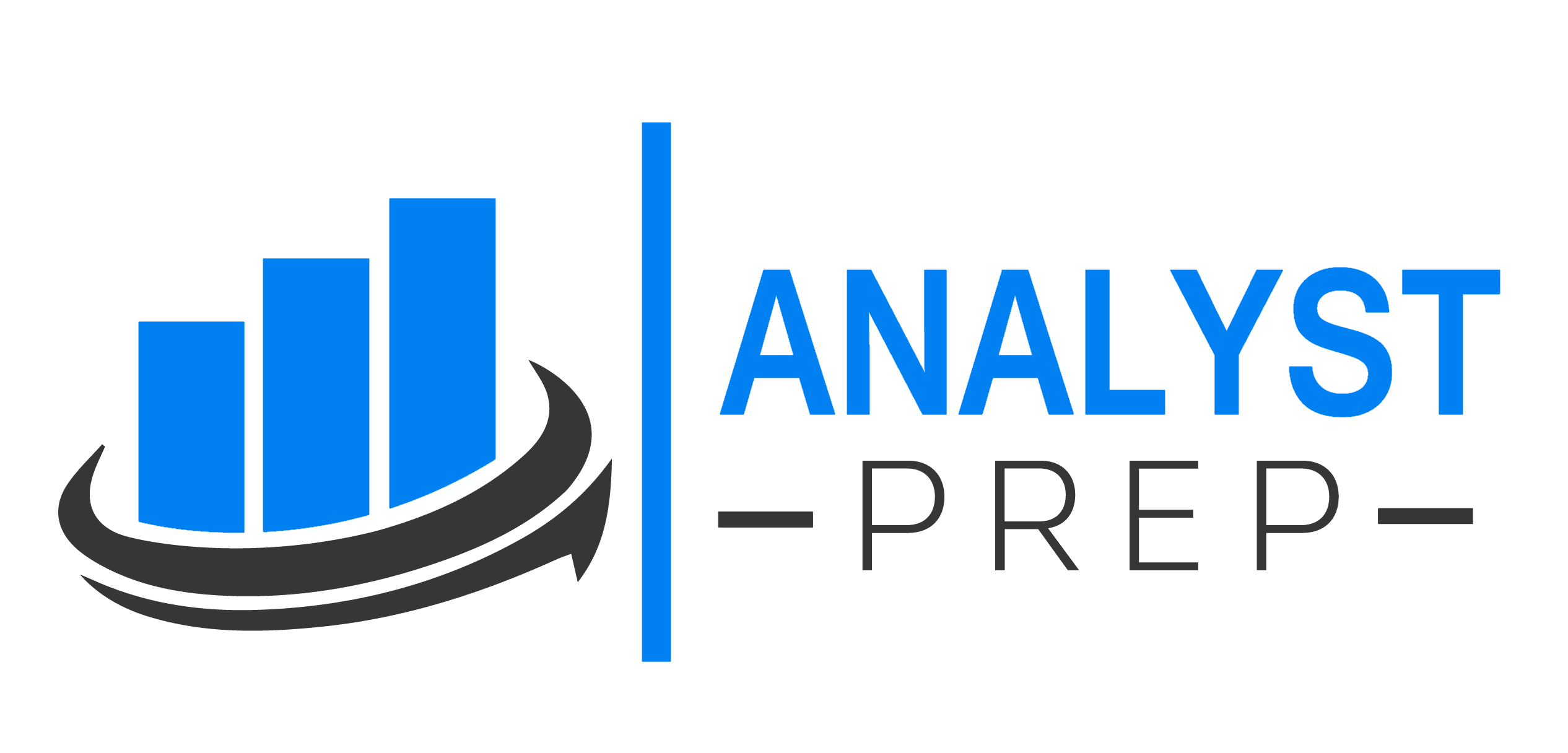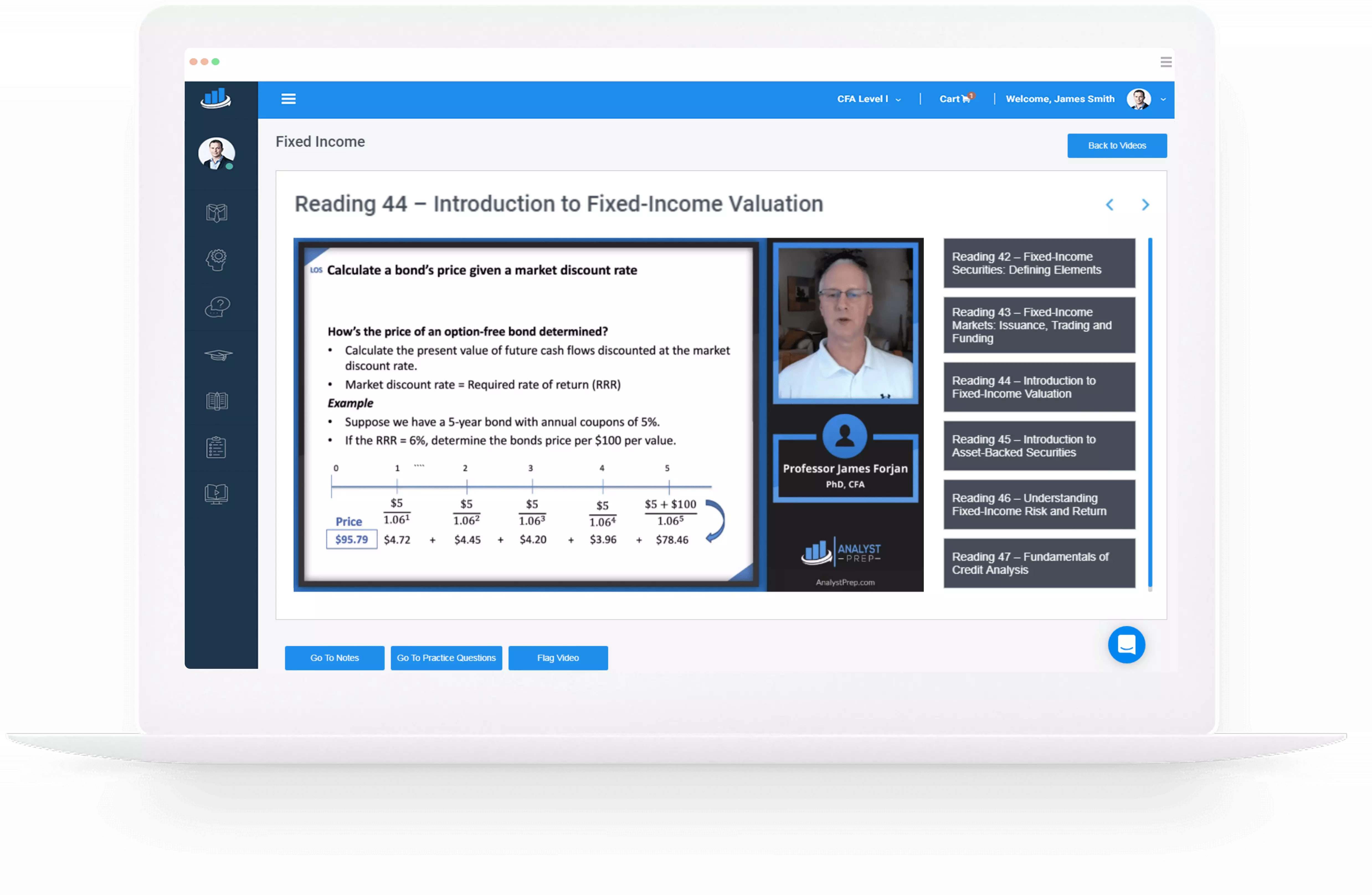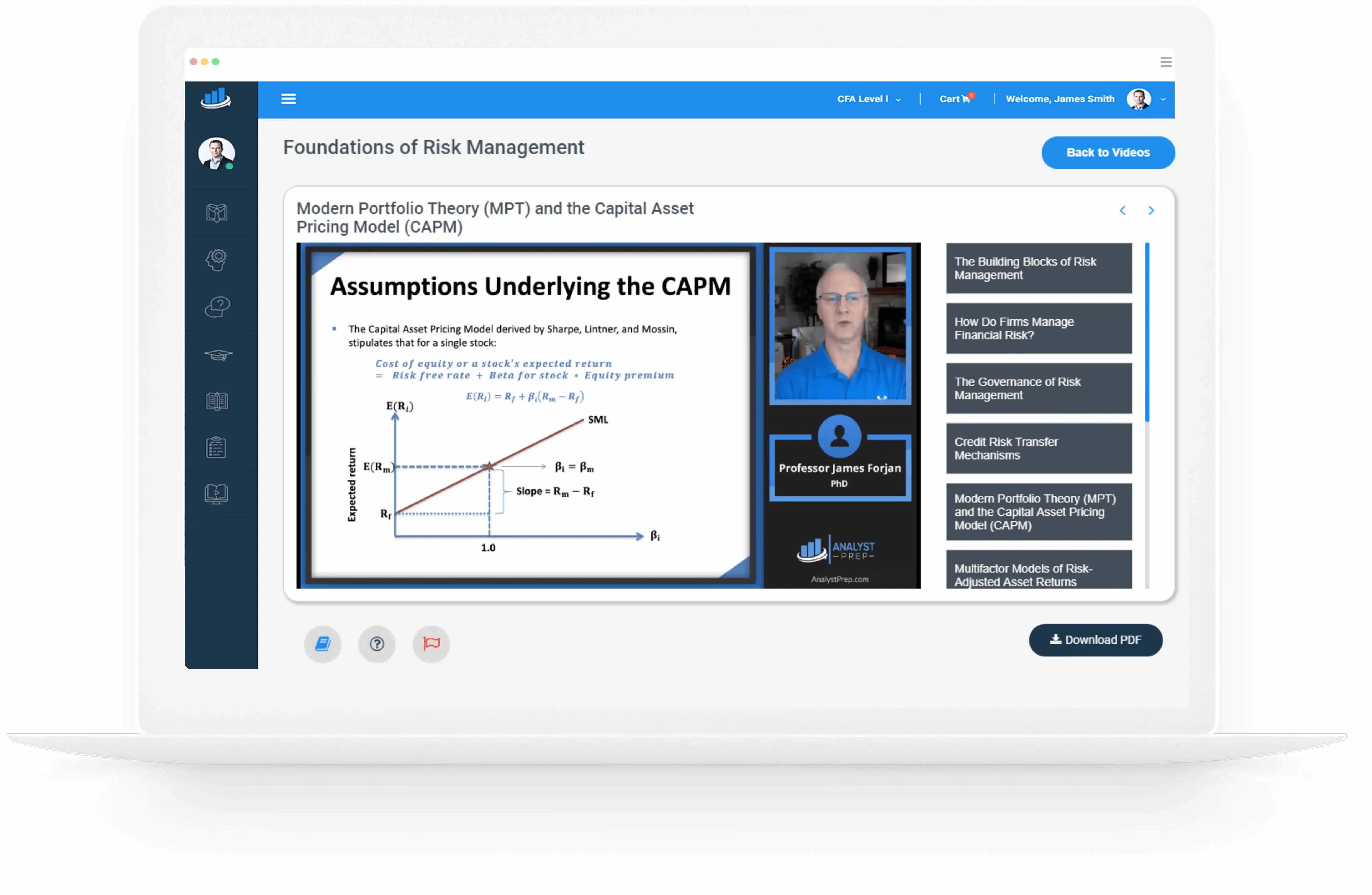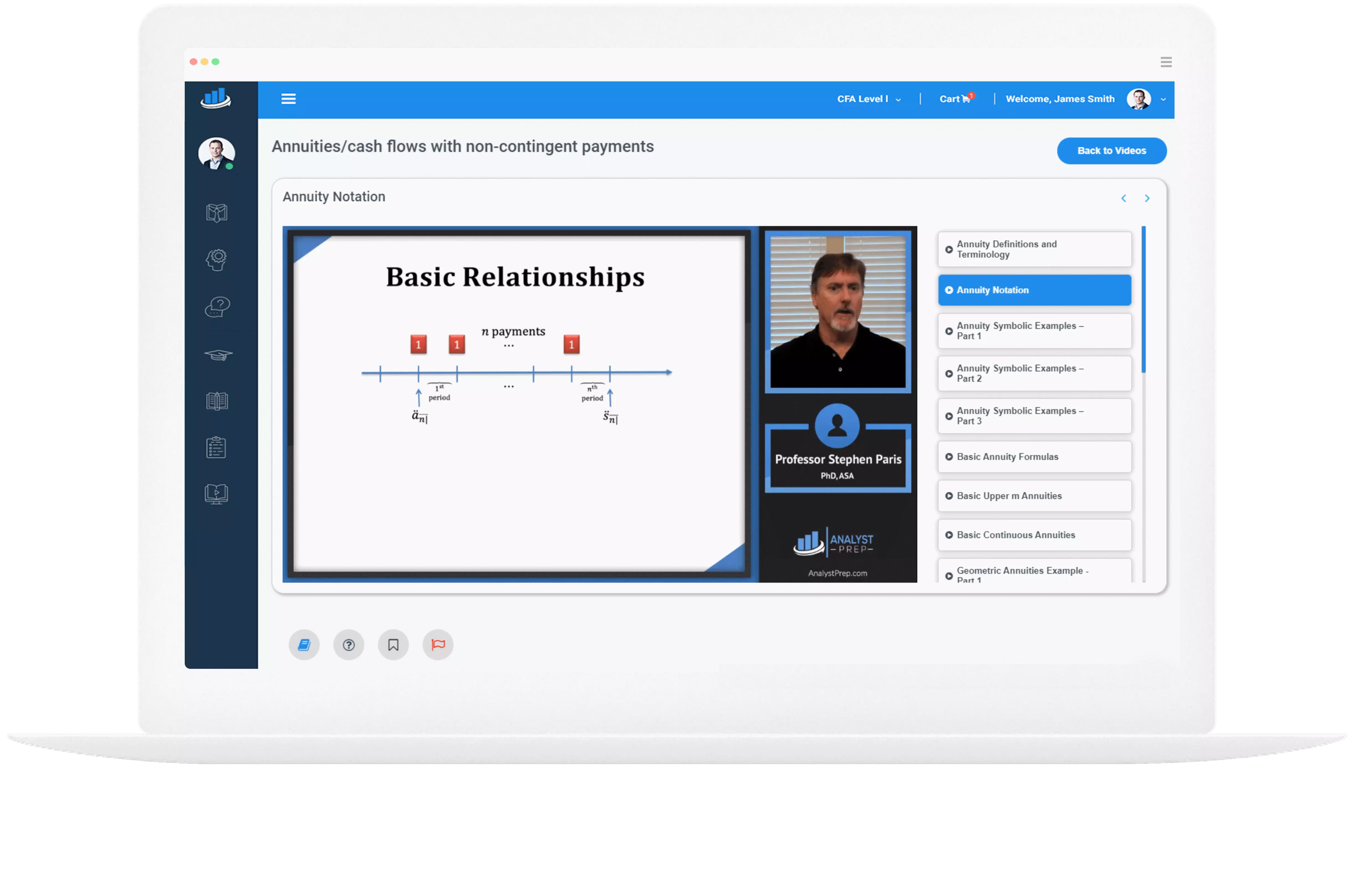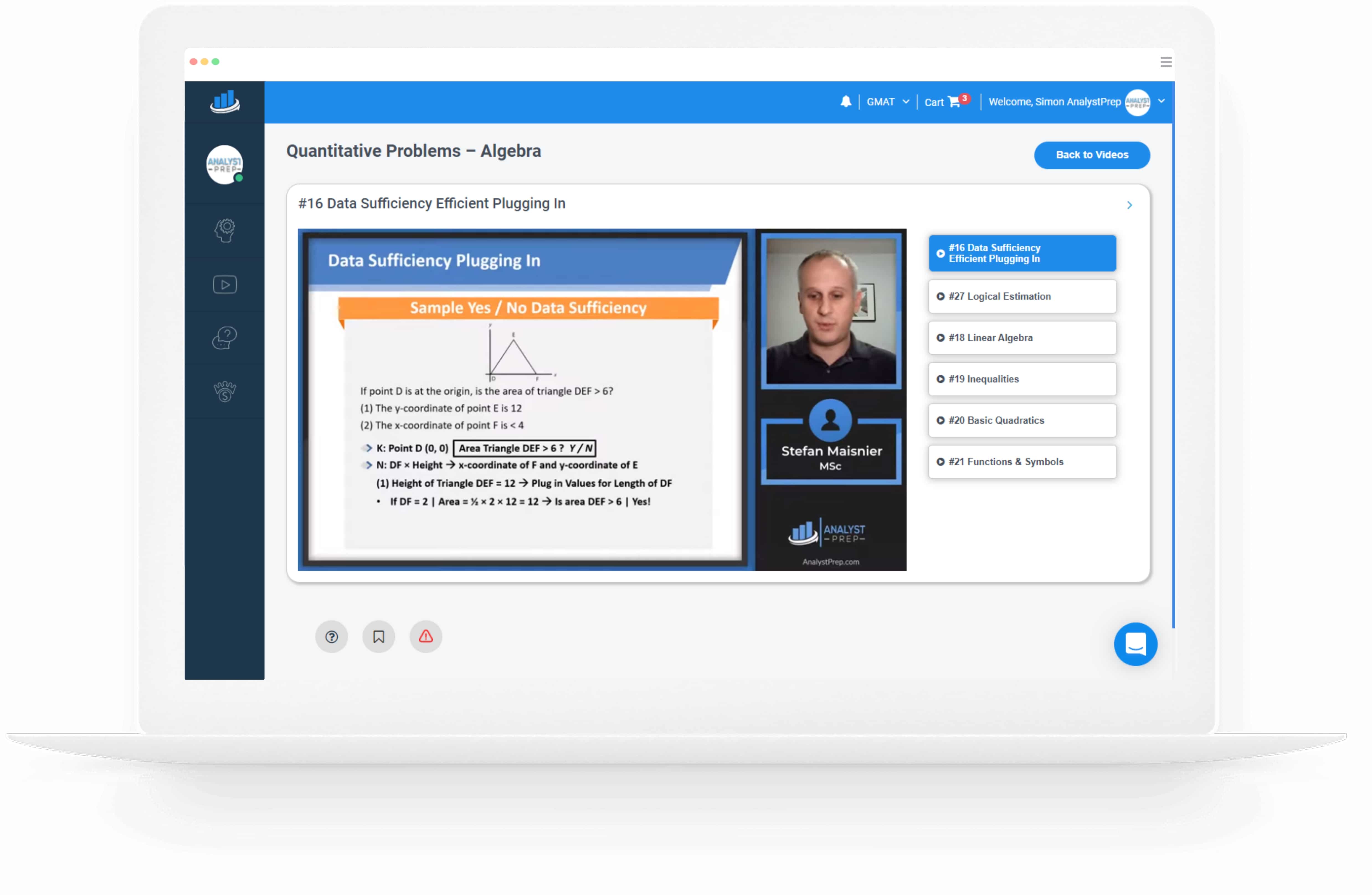Standard I (E) Competence
Brief Introduction on the Standards Guidance Standard I(E) mandates that members and candidates must act with and maintain appropriate knowledge, skills, and diligence while performing their professional responsibilities. This is essential to deliver a high standard of service to clients…
Financial Modeling and Valuation for Post-Employment Benefits
Financial Modeling for DC Plans Modeling DC plan expenses is integrated within operating expense predictions. By forecasting SG&A (Selling, General, and Administrative) expenses, you are indirectly also modeling the DC plan expenses for employees within those operations. The reason this…
Effects of Post-Employment Benefits on Financial Statements
Post-employment benefits are provisions offered by employers to their retired employees. These benefits can have various implications on an organization’s financial statements. Nature of Post-Employment Benefits Types and Overview Post-employment benefits can be in the form of cash benefits like…
Share-Based Compensation in Financial Statement Modeling and Valuation
Share-based compensation is usually integrated into operating expenses on the income statement based on an employee’s role. When forecasting operating expenses or margins, analysts often implicitly consider share-based compensation. If, for instance, Research & Development (R&D) expense, which includes a…
Accounting for Share-Based Compensation
Share-based compensation is a form of remuneration where employees or other stakeholders are granted equity or options to acquire equity, often in the form of company stock. This method aligns the interests of employees with those of shareholders and does…
Active Currency Trading Strategies
This section will explore tactical decisions a portfolio manager can make regarding currency risk management. These decisions are driven by the Investment Policy Statement (IPS), which grants the manager some flexibility in handling the portfolio’s currency risk. This flexibility can…
Hedge Fund Strategy Portfolio Contributions
Performance Contribution to a 60/40 Portfolio What is the potential impact of adding a hedge fund allocation to the traditional 60/40 (stock/ bond) portfolio? Consider a traditional 60%/40% portfolio. 20% allocation of a hedge fund strategy group is added…
Assessing Hedge Fund Strategies through a Conditional Factor Risk Model
Different hedge fund strategies exhibit unique risk factor exposures and vulnerabilities. Linear factor models, like the conditional factor model used in this analysis, offer valuable insights into hedge fund investments' inherent characteristics and risks. These models help assess whether hedge…
Multi-Manager Strategies
Fund-of-Funds Fund-of-funds (FoF) managers pool investor capital and distribute it to a diversified portfolio of individual hedge funds with distinct and less correlated strategies. Their key responsibilities encompass diversification, occasional strategic reallocation, manager selection, due diligence, ongoing portfolio management, risk…
Specialist Strategies
Volatility Trading In recent decades, volatility trading has emerged as a distinct asset class. Specialized hedge fund managers now focus on trading relative volatility strategies across various geographic regions and asset classes. For instance, Asia offers relatively cheap volatility pricing…
